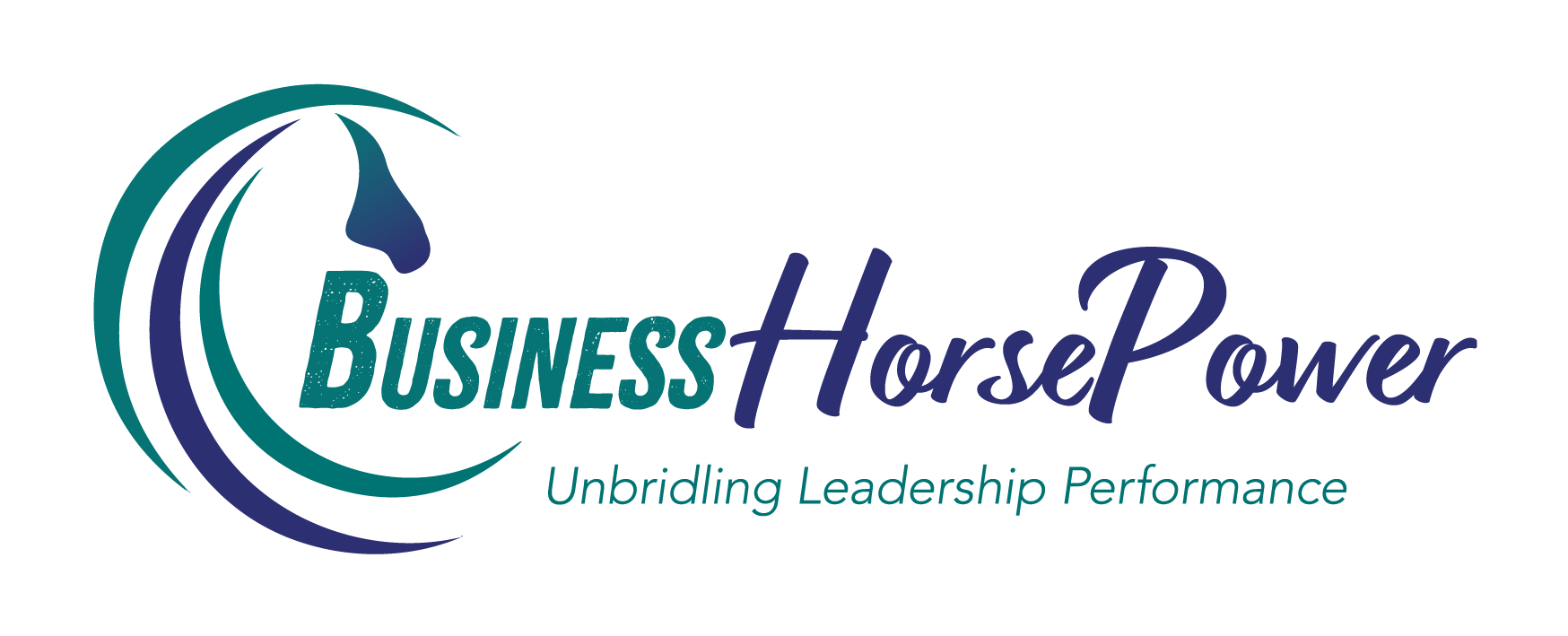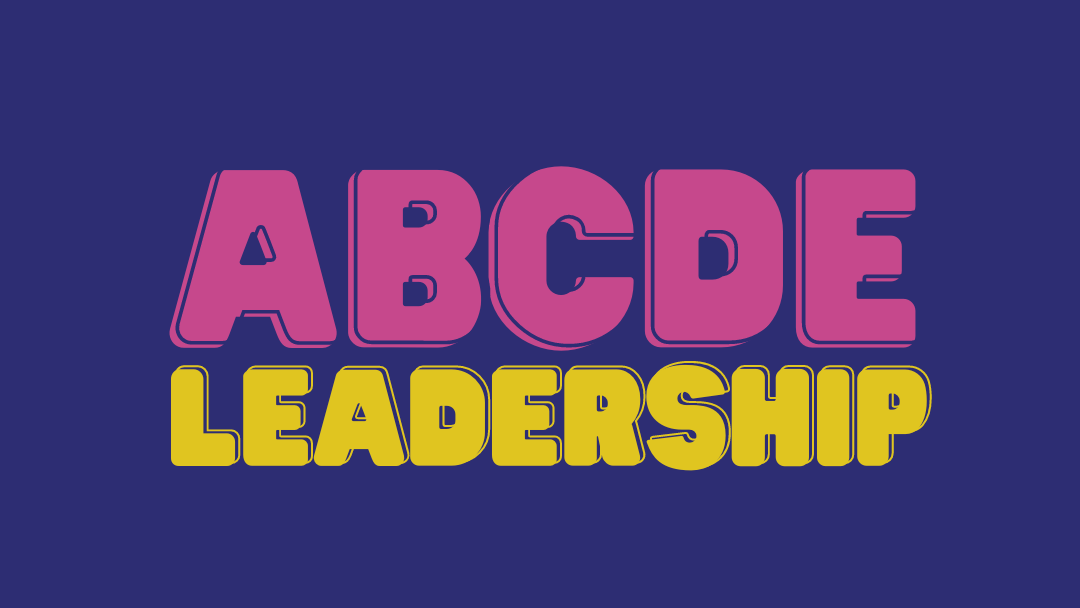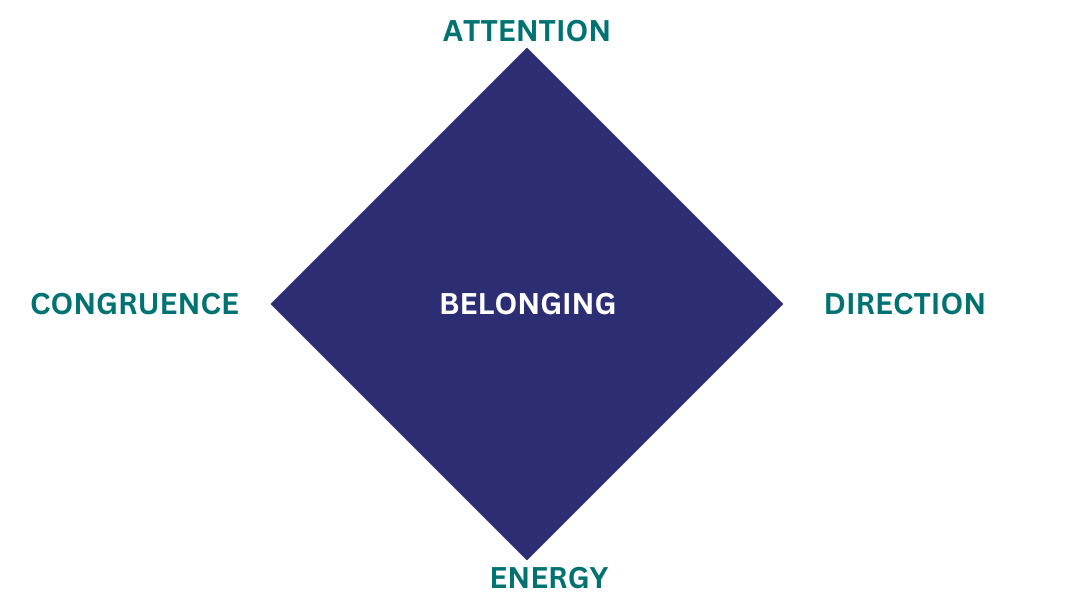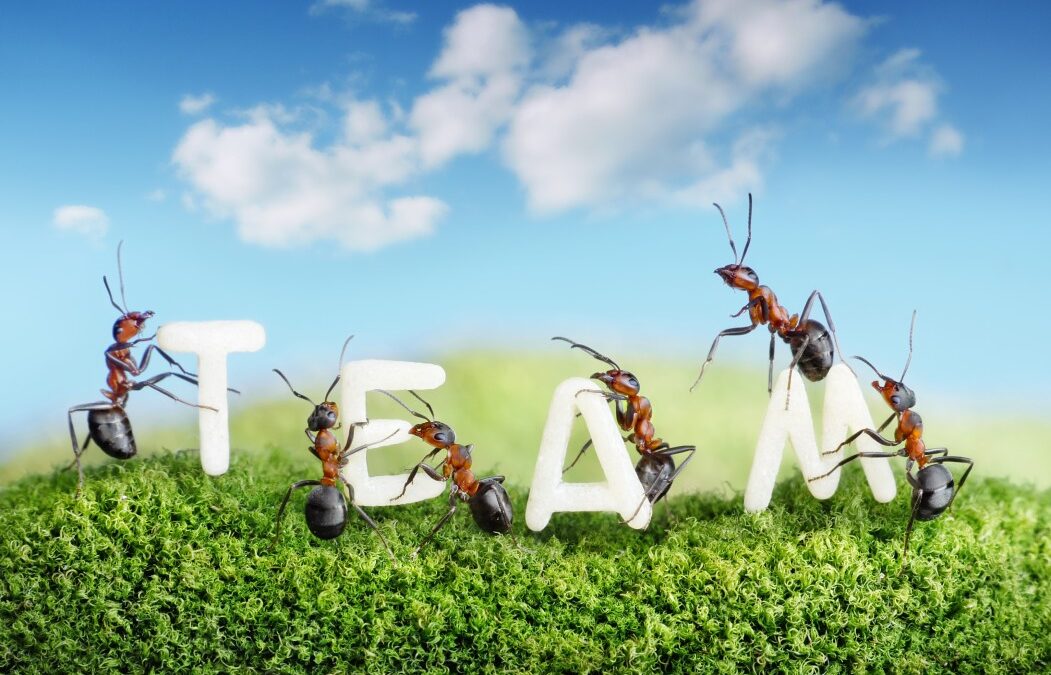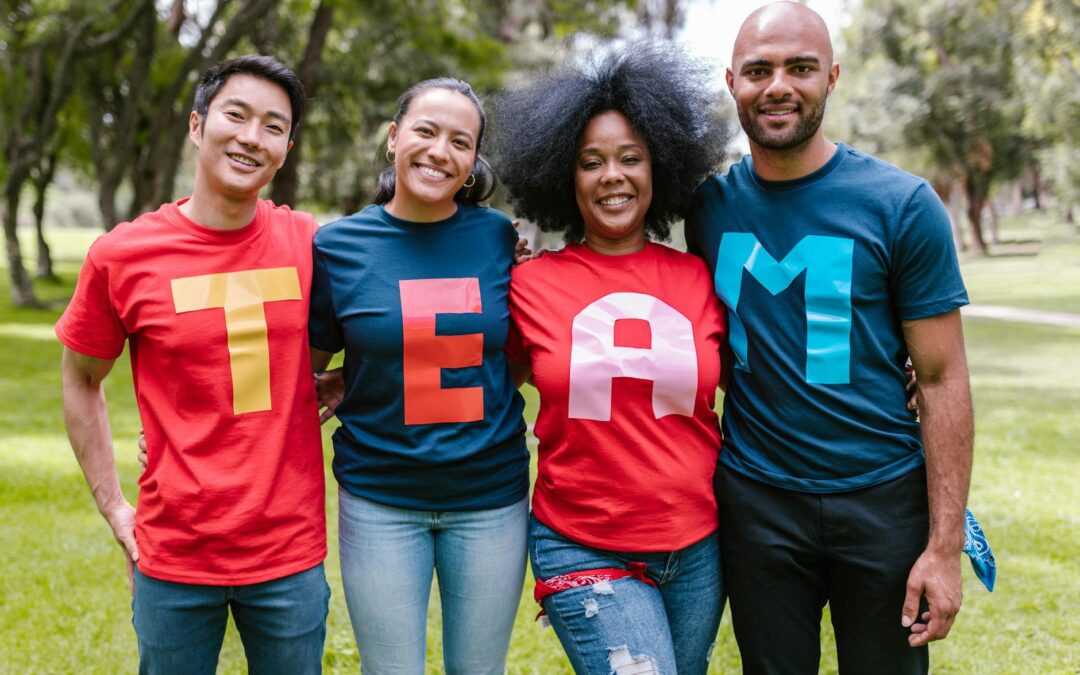
#3 – Diversity Drives Team Success
In today’s episode we are talking about the power of diversity in teams and how diverse teams accelerate the power of teamwork exponentially.
In today’s business world we are witnessing a profound shift taking place as diversity is being defined to extend beyond the conventional boundaries of gender and ethnicity to encompass a kaleidoscope of thoughts, experiences, and cognitive styles. This seismic transformation isn’t just a social change, it’s a strategic manoeuvre that is fundamentally altering the how business succeeds. Welcome to the era where diversity isn’t just a buzzword but its the engine of innovation.
Diversity is no longer a quota to be met rather its embedded into the fabric of business providing unique perspectives on every aspect and so crafting a resilient organisation that thrives on innovation. We are witnessing an evolution from diversity as compliance to diversity as a strategic competitive advantage.
The Stats
The empirical data is irrefutable; diverse companies see a staggering 2.5 times higher cash flow per employee. Inclusion catapults teams to outperform by 35%, and decisions made by diverse teams are superior 87% of the time. This isn’t mere coincidence; it’s the outcome of harnessing a variety of experiences that resonate with the multifaceted nature of global markets and the complex issues they present.
Diversity of thought is the unsung hero of innovation and the catalyst that propels teams to challenge the status quo and approach problems with fresh, disruptive perspectives. Today’s
workplace is a melting pot of generations, cultures, and neurodiversities, each adding depth and colour to the organizational narrative.
It’s Not All Plain Sailing
However, building a diverse workforce is not devoid of challenges. The quest to populate the boardrooms and C-suites with a fair representation of society is ongoing and arduous. This journey is marred by the subconscious biases that often skew our perceptions and decisions. The transformative process of building a diverse team is not merely about hiring practices that reflect a wider spectrum of society but fostering an environment where every unique trait is not just acknowledged but celebrated.
To mitigate unconscious biases, companies must adopt comprehensive hiring panels, conduct bias awareness training, and implement structured interview processes. A culture that actively solicits diverse opinions is a culture poised for success. But beyond the structural changes, there is a profound need for a shift in mindset – one that values every voice and recognises the strength in differences.
As business leaders and executives, I invite you to reflect on our organisations’ diversity and inclusion efforts. Are we merely scratching the surface, or are we delving deep into the untapped potential that a truly diverse team offer?
We need to move past traditional notions of diversity and foster a holistic environment that cultivates all forms of diversity – the seen and the unseen, the loud and the silent, the norm and the neurodivergent.
The call to action is clear: to harness the superpower of diverse teams, we must embark on a relentless pursuit of inclusivity, challenging our preconceived notions and embracing the diversity that lies within and beyond our office walls. It is a journey that promises to redefine workplaces, ignite innovation, and lead businesses to not just survive but thrive in the unpredictable tides of the global market.
In conclusion, the mandate for businesses is to not just build teams that are diverse but to cultivate ecosystems where diversity is the bedrock of innovation, strategy, and growth.
Show Notes:
(2:48) Diversity as a competitive advantage
(3:15) Key Stats of having a Diverse Team
(5:30) What do we mean by Diversity?
(6:51) Different kinds of Diversity
(8:20) Invisible aspect of Diversity
(12:18) Why do we need Diverse perspective?
(14:48) Case Studies about having Diverse Team
(18:50) Removing Unconscious Bias in the workplace to create a Diverse Team
(20:00) My experience with Unconscious Bias
Resources:
Josh Bersin – Diverse companies earn 2.5x higher cash flow per employee
McKinsey – Inclusive teams over 35% more likely to outperform competitors
Women in the Worplace – 23% C-Suite made up of women
7 in 10 millennials offer loyalty in exchange for workplace diversity
